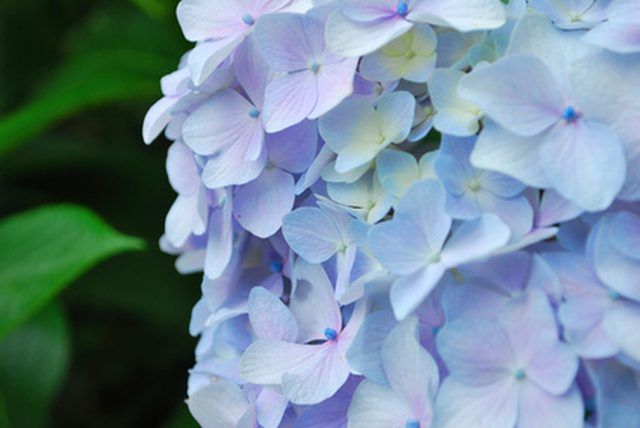Bulbs
Flower Basics
Flower Beds & Specialty Gardens
Flower Garden
Garden Furniture
Garden Gnomes
Garden Seeds
Garden Sheds
Garden Statues
Garden Tools & Supplies
Gardening Basics
Green & Organic
Groundcovers & Vines
Growing Annuals
Growing Basil
Growing Beans
Growing Berries
Growing Blueberries
Growing Cactus
Growing Corn
Growing Cotton
Growing Edibles
Growing Flowers
Growing Garlic
Growing Grapes
Growing Grass
Growing Herbs
Growing Jasmine
Growing Mint
Growing Mushrooms
Orchids
Growing Peanuts
Growing Perennials
Growing Plants
Growing Rosemary
Growing Roses
Growing Strawberries
Growing Sunflowers
Growing Thyme
Growing Tomatoes
Growing Tulips
Growing Vegetables
Herb Basics
Herb Garden
Indoor Growing
Landscaping Basics
Landscaping Patios
Landscaping Plants
Landscaping Shrubs
Landscaping Trees
Landscaping Walks & Pathways
Lawn Basics
Lawn Maintenance
Lawn Mowers
Lawn Ornaments
Lawn Planting
Lawn Tools
Outdoor Growing
Overall Landscape Planning
Pests, Weeds & Problems
Plant Basics
Rock Garden
Rose Garden
Shrubs
Soil
Specialty Gardens
Trees
Vegetable Garden
Yard Maintenance
Hydrangeas & Zone 10
Hydrangeas & Zone 10. Hydrangea macropylla—also known as French, Japanese or Snowball hydrangea--is the most successful hydrangea for cultivation in Zone 10. It is commonly sold in florist’s shops and given as a gift in a 1-gallon pot. Its flowers range from white to pink to lavender to blue. Hydrangeas generally require a slightly acid...

Hydrangea macropylla—also known as French, Japanese or Snowball hydrangea--is the most successful hydrangea for cultivation in Zone 10. It is commonly sold in florist’s shops and given as a gift in a 1-gallon pot. Its flowers range from white to pink to lavender to blue. Hydrangeas generally require a slightly acid soil, but if you are growing pink or blue hydrangeas, you can change the color of the flowers by changing the soil’s pH. Acid soil produces blue flowers and alkaline soil produces pink flowers.
Zone 10
According to the U.S. National Arboretum, the average cold temperature in Zone 10 is between 30 and 40 degrees. The difference in temperature between 10a and 10b is an average of 10 degrees. Zone 10 encompasses the Florida panhandle, the Gulf Coast of Texas, coastal and southern California, southern Arizona, southern Louisiana and the middle of Hawaii’s main island. The air is humid, the sun is hot and tropical plants grow strong and quickly.
Water and Sunlight
Hydrangea needs wet to moist soil in order to produce abundant flowers. It should be watered whenever it looks like it’s beginning to wilt in hot weather. In the South, hydrangeas should be planted where they are protected from the afternoon sun. Avoid planting hydrangeas in hot, dry, exposed sites–they simply will not grow under such conditions, but there is one cultivar, the Paniculata hydrangea, that requires a full five hours of sun.
Soil
It’s best to perform a soil test before planting anything anywhere. If you don’t take the time to do this, at least grab a handful of soil from your garden and determine how well draining it is. If it holds its shape when you squeeze it, it is probably clay. Try digging a small hole (6 to 12 inches deep) and fill it half full of water. If it takes more than an hour to drain, you will have to amend it with organic compost or well-rotted manure to improve drainage. While hydrangeas like wet to moist soil, they must have well draining soil. The National Gardening Association recommends 2 to 3 inches of organic material cultivated into the soil before planting for garden beds. Make sure the soil that goes back in the hydrangea’s hole is half compost and half garden soil.
Potted Hydrangeas
Hydrangeas in Zone 10 may be more manageable if grown in pots. If you acquire a 1-gallon hydrangea, transplant it into at least a 3-gallon pot and place it on a patio or keep it in the cool area of a sunroom. Don’t forget to amend the soil, especially if it is heavy soil taken from the garden. Either purchase a humus-rich potting soil or make your own by making a half and half mixture of soil and compost. Hydrangeas come in so many shapes and sizes and most of them will do very well grown in pots, provided they have some shade.
Alternatives to Hydrangeas
If you have tried unsuccessfully to grow hydrangeas in Zone 10, it might be time to try a different plant. The U.S. National Arboretum recommends bougainvillea, royal palm, Abyssinian banana, rubber plant, golden shower and lemon-scented gum. The advantage to gardening in such a warm climate is the wide variety of exotic and tropical flowers, shrubs and trees that are impossible to grow farther north. Consider the variety of tropical flowers and flowering shrubs that the South has to offer and try your hand at one of them.